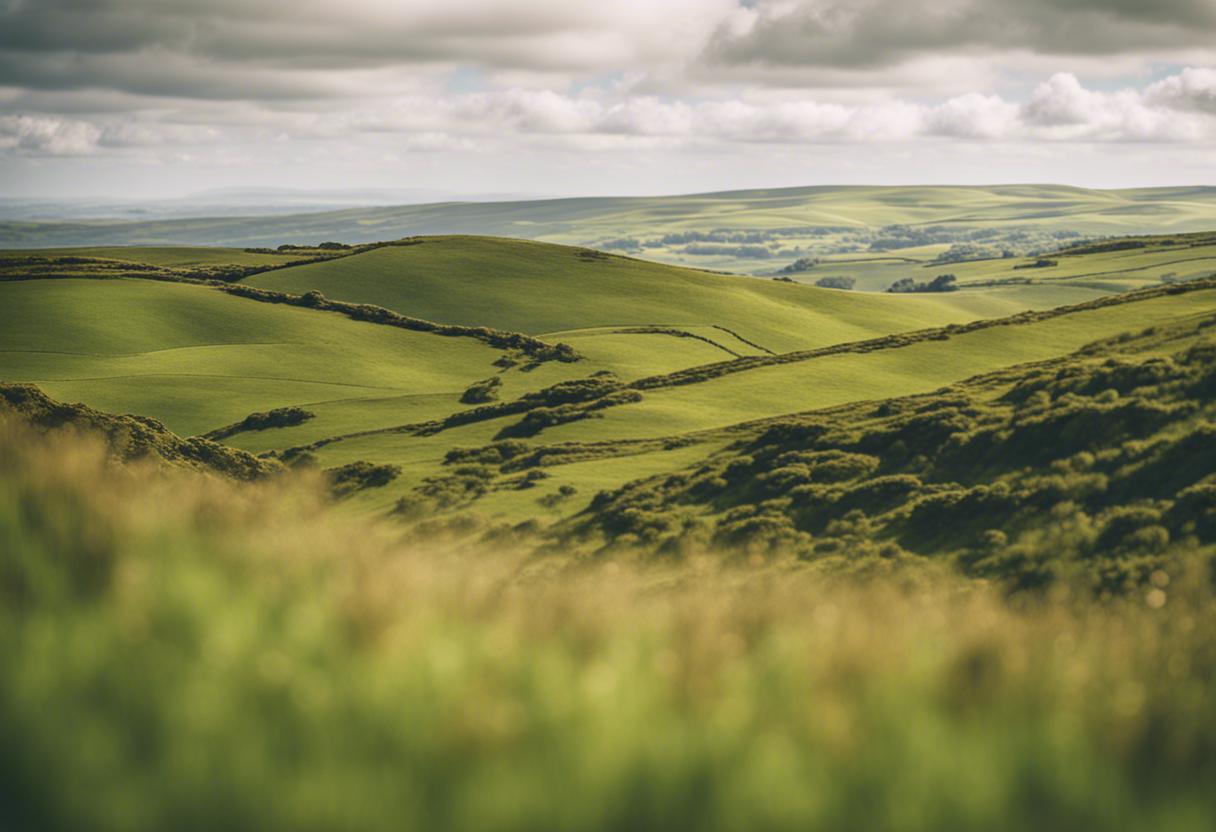A handful of reporters and admirers of the Rose of Tralee gather beside the tribute to the Rose of Tralee in the Rose Garden of Tralee, eagerly awaiting the arrival of Keely O’Grady, who has been declared this year’s Rose of Tralee. A statue of Mary O’Connor, the original muse of the famous song, and her noble lover, William Pembroke Mulchinock, holds the centre of attention, encased by circular sheets of glass etched with the names of previous Roses dating back to 1959. The panels are updated every four years.
Keely O’Grady, the winner hailing from New Zealand, makes her entry shielded from the rain by an umbrella held by her guide. She dons the cascading sash she received the previous evening from Róisín Wiley, last year’s Rose of Tralee, and a pair of mismatched sunglasses atop her head. Lacking voice to express her joy, O’Grady gestures with silent exuberance.
O’Grady is ushered to the sensory garden, a twenty-five-year-old project by Joe Carey, for a photo session with her fans. Among them is a young girl named Shona, who secures a second autograph from the Rose champion, in addition to photos with Joe and his dedicated team of volunteers.
A helpful Rose staff suggests removing O’Grady’s sunglasses as the crowd enjoys a light sprinkle of rain. O’Grady playfully warns Carey not to touch her ponytail as he poses with his garden shears for the picture.
John Greehy, a devout Rose of Tralee admirer that I had the chance to meet earlier in the week, also manages to seize a cherished photograph with O’Grady. It’s an annual tradition for him with his mother to get a snapshot with the reigning Rose and have the image printed on a t-shirt. He can boast of owning five such mementos so far.
O’Grady finds herself continually monitored by the stern guardians from the Rose, the keepers of the clock and those pushing back against the press, who effectively form a paramilitary branch of the Rose of Tralee festival. O’Grady chuckles as she recalls a chaperone nudging her at around 3.30 in the morning to break the dismal news that it was time to hit the sack. She concedes they are notoriously difficult to overcome but still persistently interfere in her affairs.
O’Grady’s lineage traces back to Ireland through her father Shane, who migrated to New Zealand from Sutton in Dublin in 1999. She is recognised as an Irish dance champion in New Zealand, having bagged laurels in Ireland too in the past. Being in Ireland means being bound by an inherent sense of all things Irish, allowing her not to strive to maintain her Irish connections. In contrast, she states that being in New Zealand requires her to make concerted efforts to embrace her Irish heritage, like attending her dance class or frequenting her local Irish community. She muses that the ease of feeling Irish in Ireland might easily be taken for granted.
During her Monday evening performance, before portraying Gypsy from Riverdance, O’Grady was enveloped in a traditional Māori Korowai, extended to her by Sir Tipene O’Regan an activist of dual Irish and Māori lineage. Her intent was to ensure that she reflected the culture and population of New Zealand in its entirety, with indigenous people and their culture forming a significant portion of the whole. She wanted to symbolically carry a token of that culture into her stage appearance.
On the previous evening, as O’Grady was being ushered onto a Denny Street stage to be greeted by the Tralee denizens, she drew attention to the shared colonial histories of New Zealand and Ireland. She spoke of the role of cultural resurgence measures being introduced currently, with an emphasis on revitalising indigenous languages, customs and arts. She noted a striking similarity in the experiences of both countries in these aspects. O’Grady’s aim is to depict the robustness of Irishness and how well it gets expressed when synergised with other cultures, like the Māori in New Zealand.
O’Grady is currently working towards her qualification in speech and language therapy, but post qualification, she is mulling a transition to Ireland. During a Tuesday evening conversation with the media, she elaborated on how she communicates the essence of the Rose back home. “It’s certainly not a traditional beauty contest. Rather, it’s a platform that celebrates ambition, aspiration, self-confidence, skills, and women’s resilience. It also appreciates the shared heritage, connections, and culture of all the participants. That’s my interpretation of it”, she stated.

